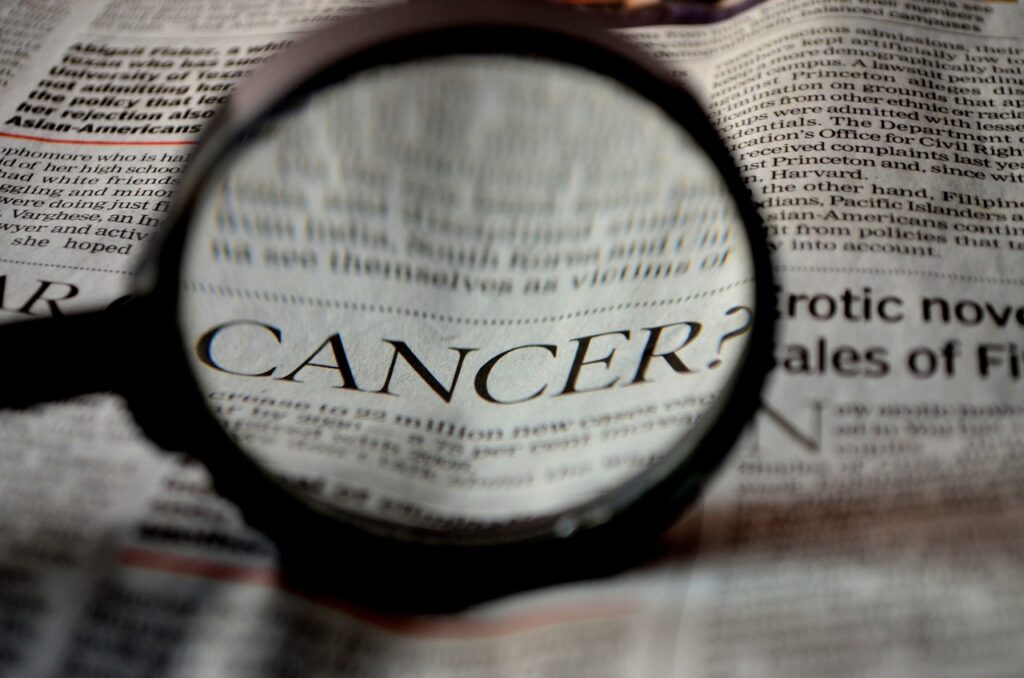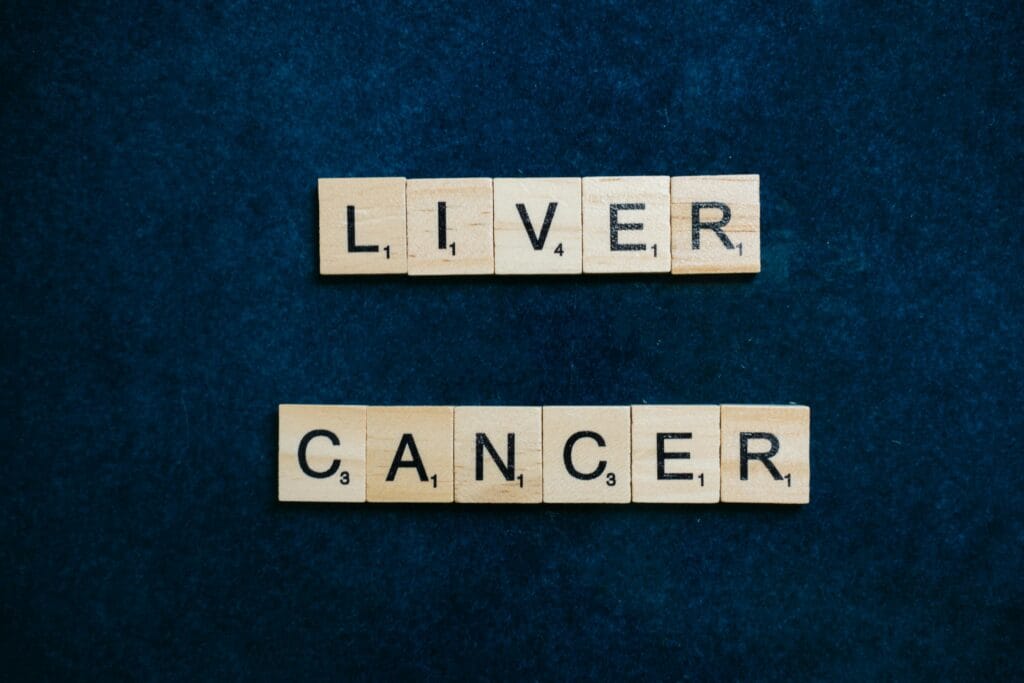Alcohol drinking has long been ingrained in human cultures’ cultural and social fabric, frequently serving as a marker for festivals, anniversaries, and times of leisure. While it may appear harmless, particularly in moderation, emerging scientific data exposes a more sinister side to this generally accepted practice. Alcohol intake is more than just a lifestyle choice; it is a major risk factor for developing a variety of malignancies. This article looks into the complex relationship between alcohol and cancer, investigating the underlying molecular mechanisms and proposing risk-mitigation measures, providing a complete overview of this critical public health topic.
Table of Contents
Cancers Associated with Alcohol Consumption

1. Head and Neck Cancer
The oral cavity, pharynx, and larynx are especially susceptible to the carcinogenic effects of alcohol.
Oral and Pharyngeal Cancer: Research repeatedly shows that alcohol, when combined with tobacco, increases the risk of mouth and throat cancer. Ethanol, the active component of alcohol, irritates mucosal membranes, increasing their vulnerability to injury and potential cancer.
Laryngeal Cancer: Regular alcohol consumption raises the risk of getting cancer in the larynx, a vital organ involved for voice production. Long-term exposure to other carcinogens, such as tobacco smoke, frequently exacerbates the effects.
2. Esophageal cancer
The esophagus, the muscular tube that connects the throat and stomach, is another high-risk location.
Esophageal squamous cell carcinoma: This subtype of esophageal cancer is highly connected to alcohol usage. Individuals with genetic variations that prevent alcohol conversion into less toxic chemicals are at a higher risk. Acetaldehyde, a toxic byproduct of alcohol metabolism, is a major cause of esophageal cell damage.
3. Liver cancer
Chronic alcohol usage is strongly associated with liver cancer, particularly hepatocellular carcinoma.

Hepatocellular Carcinoma: Because the liver serves as the body’s detoxifying hub, it is particularly vulnerable to alcohol-related harm. Chronic alcohol intake causes liver inflammation, fibrosis, and eventually cirrhosis, which dramatically raises the risk of developing hepatocellular carcinoma.
4. Breast cancer
Breast cancer is one of the most common cancers among women, and alcohol usage is a significant risk factor.
Breast Cancer in Women: Even moderate drinking has been related to an increased risk of breast cancer. Alcohol alters hormone levels, notably estrogen, which can accelerate the development of hormone-sensitive breast cancers.
5. Colorectal Cancer
Alcohol use has been linked to colon and rectal cancer.
Colon and Rectal Cancer: Men are more likely to develop colorectal cancer after drinking alcohol. Alcohol-induced damage to the intestinal lining, combined with systemic inflammation and oxidative stress, provides a setting favorable for cancer formation.
How Alcohol Contributes to Cancer Development
The association between alcohol and cancer is supported by various complex biological processes:
1. Acetaldehyde Toxicity
When alcohol is drunk, it is converted into acetaldehyde, which is a very poisonous chemical and proven carcinogen. Acetaldehyde causes direct DNA damage and disrupts cellular repair systems, increasing the risk of cancer-causing mutations.
2. Oxidative Stress
The metabolism of alcohol produces reactive oxygen species (ROS), leading to oxidative stress. ROS harm biological components like DNA, proteins, and lipids, increasing the risk of cancer.
3. Hormonal Changes
Alcohol use can cause an increase in hormone levels, notably estrogen. Elevated estrogen levels have been linked to an increased risk of hormone-sensitive malignancies, including breast cancer.
4. Nutritional deficiencies
Excessive alcohol intake frequently causes deficits in key nutrients such as folate. Folate is required for DNA synthesis and repair, and a lack of it can worsen DNA damage and increase the risk of cancer.
The Dose-Dependent Nature of Risk
Light Drinking
Even small amounts of alcohol can increase the risk of various malignancies, particularly breast cancer in women. This calls into question the concept that moderate drinking is completely safe and emphasizes the importance of raising awareness among light drinkers as well.
Moderate to heavy drinking
The link between alcohol and cancer becomes stronger with higher usage. Heavy drinkers have a much greater chance of developing numerous malignancies, including liver, esophagus, and colorectal cancers.
Mitigation Strategies: Lowering Alcohol-Related Cancer Risks
While the link between alcohol and cancer is troubling, the good news is that this risk is manageable. People can reduce their cancer risk by making informed decisions and adopting healthy practices.

1. Limit alcohol consumption
Follow health organizations’ guidelines, which encourage no more than one drink per day for women and two drinks per day for males. Reduced or full abstinence from alcohol can dramatically reduce cancer risk.
2. Avoid tobacco products
The combination of alcohol and tobacco has a synergistic impact that significantly raises cancer risk, particularly for head and neck cancers. Avoiding both substances can significantly improve health outcomes.
3. Maintain a balanced diet
A nutrient-dense diet rich in fruits, vegetables, whole grains, and lean meats can help counteract some of the negative effects of alcohol. Foods high in antioxidants, such as berries and leafy greens, can help fight oxidative stress.
4. Practice regular physical activity
Exercise not only improves overall health, but it also helps balance hormones such as estrogen, which lowers the risk of hormone-sensitive malignancies.
5. Participate in regular screenings
Routine health checks can detect precancerous alterations earlier, increasing the likelihood of effective treatment and recovery.
A Broader Public Health Perspective
Beyond individual action, tackling alcohol-related cancer risks necessitates a systemic approach. Public health efforts should focus on raising knowledge about the link between drinking and cancer. Policymakers can also help by enacting stronger labeling regulations for alcoholic products, raising alcohol costs, and limiting marketing to vulnerable populations.
Conclusion
While alcohol consumption is strongly rooted in many cultures, it is associated with considerable dangers to public health, including cancer. Individuals can make informed judgments regarding their alcohol usage by knowing the various factors that contribute to cancer development. Furthermore, using a comprehensive approach that includes dietary changes, physical activity, and regular medical check-ups can help to decrease these risks.
Finally, choosing to limit or abstain from alcohol is a significant step toward lowering cancer risk and promoting long-term well-being. As research continues to reveal the complexity of this link, public health actions and individual understanding will be critical in reducing the global burden of alcohol-related malignancies.














